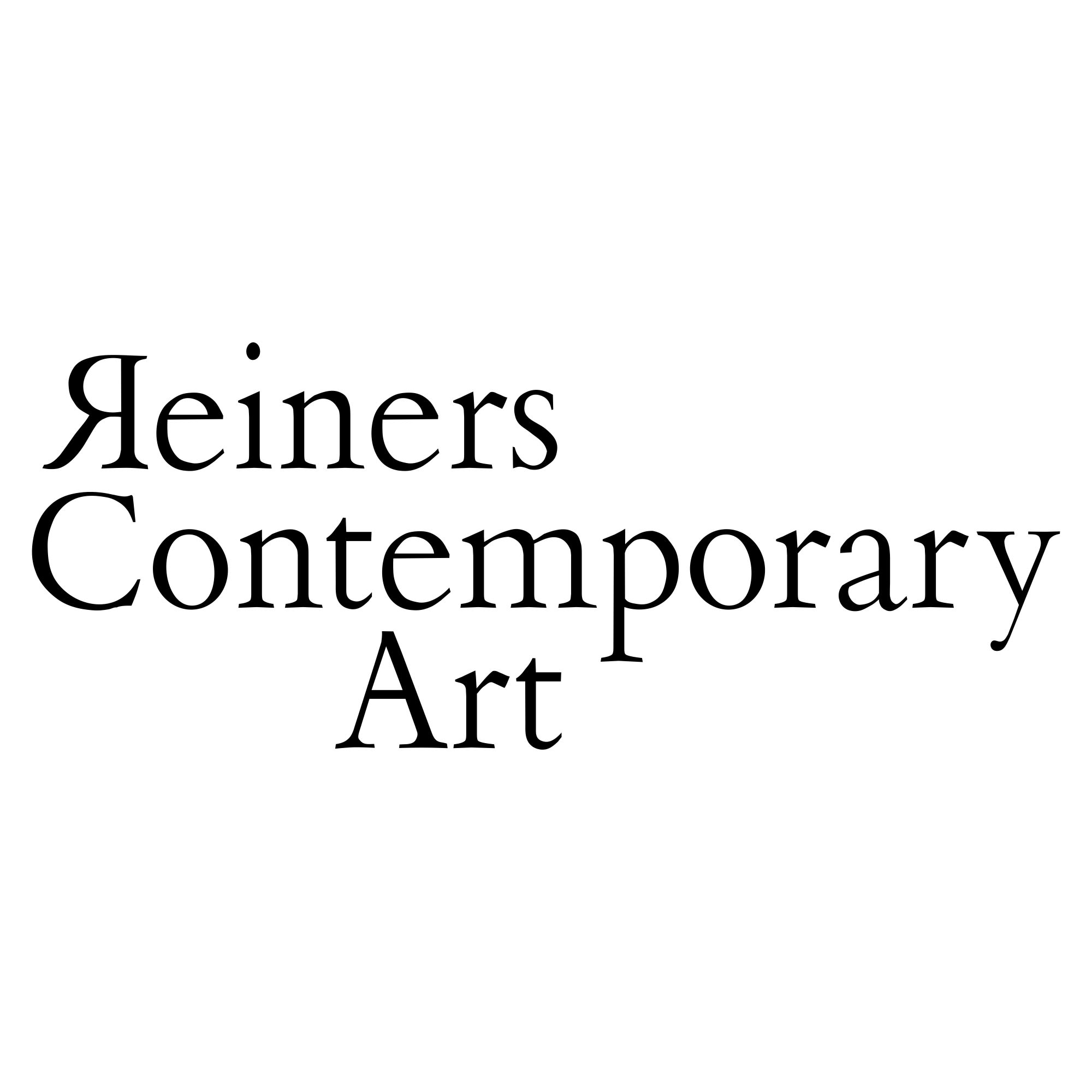
Aileen Gavonel Peru, b. 1989
Exhibitions
2020 ICPNA, Lima, Peru
ALHAJAS MÁXIMA
Máxima Acuña is a Peruvian farmer and environmental defender known for her struggle against the Conga mining megaproject, for which she received the Goldman Environmental Prize in April 2016. Through fieldwork on her land in the Cajamarca region (Andes Mountains), she crafted a series of beads from the clay extracted from the Tragadero Grande plot and then burned them in the open air using materials from the land. These beads were then fashioned into jewelry and gifted to Máxima and her family as talismans of protection and power. As a symbol of what her land represents, the gold that the mining company wants to extract from her land is not equivalent to her home.
From this experience, a wooden module was created resembling the shape of a house, which serves as a museum display case to showcase a sort of cartography constructed with the beads created in this experience. This map, with primitive connotations, is presented as the representation of the landscape, featuring characteristic elements such as some of the foods of the Chaupe Acuña family: mashuas, ocas, potatoes, ollucos, and work instruments, as well as everyday items like clothing and electronic devices. Additionally, there are two braids made from ichu collected from the land and a text reflecting on braiding as an act of unity in this context. Being a weaver herself, Máxima intertwines not only threads physically to create blankets but also generates resistance through this braiding action, a resistance that gives strength to create unity.
This series was exhibited at ICPNA, Lima, Peru.
